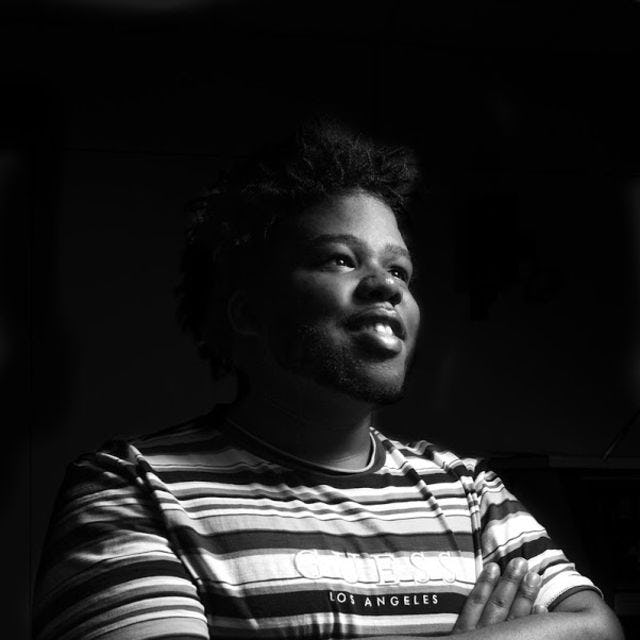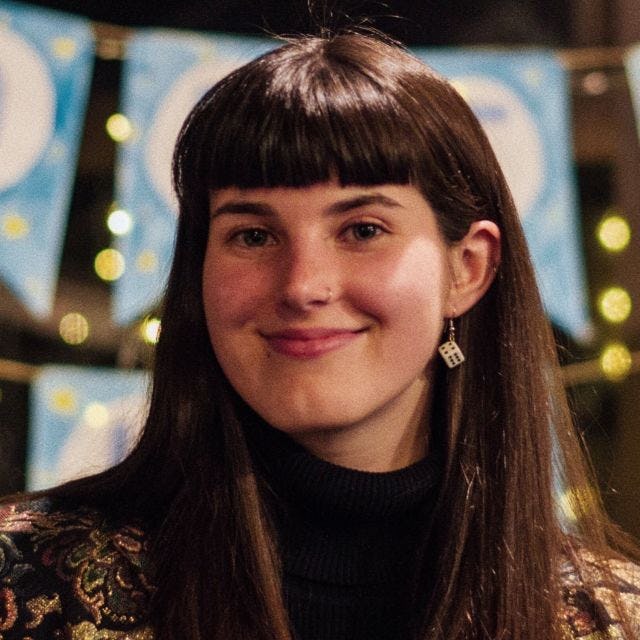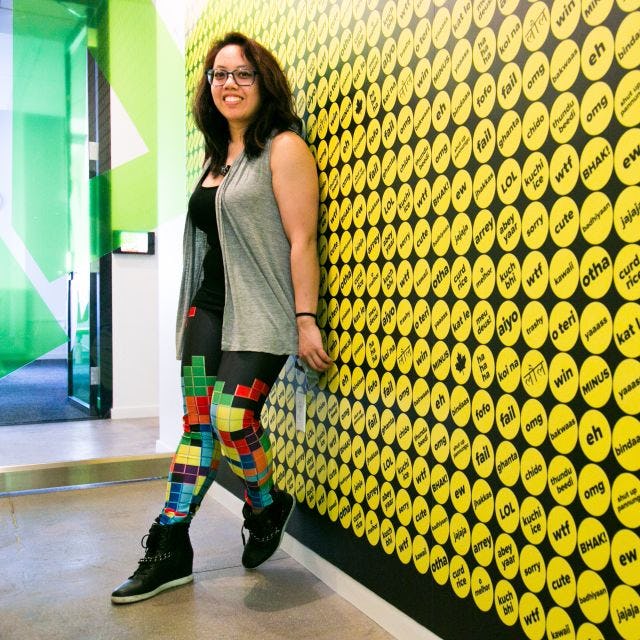
Bachelor’s in Visual Arts and Technology
Program Details
Degree
Bachelor of ArtsAvailable
On campusEmbrace Technology, Elevate Artistry
Stevens’ visual arts and technology major challenges students to reimagine creative expression through high-tech tools, fostering a new generation of artists who are ready for a rapidly evolving digital world.
Offered through the School of Humanities, Arts and Social Sciences, the visual arts and technology program emphasizes interdisciplinary exploration and project-based learning. Courses foster creativity, technical prowess and critical thinking, encouraging students to explore new possibilities within their chosen medium.
Students can specialize in one of four concentrations: creative computation, design, game design, or moving image. Graduates go on to thrive in creative and technology-driven industries, bringing a collaborative mindset and forward-thinking approach to their work.
Catalyze Career Success
The curriculum equips students with the technical expertise and creative problem-solving skills needed to excel in diverse roles, positioning them as key contributors to innovation in their fields.
Professional Outcomes
UX/UI Designer, Brother Corporation
Product Designer, Health Recovery Solutions
Graphic Designer, Intelligent Artefacts, Inc.
Graphic Design Coordinator, Michael Kors
Film Unit Research Assistant, Saturday Night Live, NBC Universal
Graphic Designer, Stamford Health
UX/UI Designer, Trimble Inc.
Product Manager, Warner Bros. Discovery
Internships
Stevens’ location in Hoboken, just minutes from New York City, offers students exceptional access to internships and professional opportunities. Through these real-world experiences, students build industry connections and gain a competitive edge at the start of their careers.
Visual Intern, Anthropologie
Senior Content Design Intern, IBM
3D Concepts and Design Intern, Kate Spade
Operations Technology Intern, NBC Universal Media
Graphic Design Intern, Saturday Night Live, NBC Universal
Graphic Design Intern, Tuff City Records
Graduate Schools
With a strong foundation in both creative practice and technical expertise, visual arts and technology graduates are well-prepared for advanced study. Many go on to join prestigious graduate programs, further honing their skills and expanding their career prospects.
Parsons, MFA
Emerson College, MFA
Tech-Powered Curriculum
Immerse yourself in a community that thrives on collaboration and innovation. Visual arts and technology students work with the tools of tomorrow, developing interactive installations and building projects limited only by their creativity. Hands-on practice is central to the curriculum, with studio-based lessons emphasizing both artistic theory and practical application.
What does the four-year study plan entail?
Over the semesters, the visual arts and technology program refines students' skills, helping them evolve into accomplished and creative artists. The extensive curriculum covers artistic theory, history, design, creative software and modern media techniques.
What are concentrations?
Every student pursuing a Bachelor of Arts in Stevens' visual arts and technology program chooses one of four concentrations: creative computation, design, game design, or moving image. Each concentration provides specialized knowledge and skills tailored to the specific artistic and technological aspects of that field.
Creative Computation Concentration
The creative computation concentration merges code, art and design, enabling students to create new visual experiences beyond traditional tools.
Students learn programming in various languages, develop interactive projects and build custom electronic circuits, exploring software as a creative medium.
Career opportunities can be found in game and app development, interactive design, data visualization and within roles as "creative technologists" across fields.
Design Concentration
The design concentration focuses on visual communication, typography, creative problem-solving and idea communication.
Design students create posters, design fonts, lay out books and prototype apps.
Career options include graphic and web design, with opportunities to work on interactive projects like apps and games. Graduates can also join teams in advertising and marketing or work as creative directors.
Game Design Concentration
The game design concentration teaches students to build 2D and 3D games using their own artwork, code and story.
This concentration critically examines the current state of game design, from large-scale studios to small independent art projects.
By exploring the entire scope of game design, students learn to create thought-provoking projects using games as a medium.
Moving Image Concentration
The moving image concentration focuses on technical, theoretical and aesthetic approaches to making moving-image-based artworks, including video, animation, virtual reality, augmented reality, interactive design and motion graphics.
Creative output is informed by the history of time-based media and spans various disciplines.
Through research-based projects, students explore the entire production process, from pre- to post-production, to turn initial concepts into fully realized moving image works.
Space to Create
The visual arts and technology program provides facilities designed to enhance students' creative processes and technical skills. These spaces offer a dynamic environment for students to explore and refine their artistic talents.
Visual Arts & Technology Studio: Equipped with saws, air compressors, nail guns and various woodworking tools, this studio invites students to experiment and create with hands-on projects.
Virtual Arts Lab: This lab boasts top-tier computers, enabling students to brainstorm, prototype and critique digital artworks, pushing the boundaries of computer-powered art.
FabLab: Here, students elevate their projects using equipment such as 3D printers, laser cutters, large format printers and carving tools, turning their digital designs into tangible creations.
Art Library: With over 300 titles, this growing collection includes books on art, archaeology, criticism, design and history, offering a wealth of resources for research and inspiration.
Capstone Projects
The capstone project is the pinnacle of a student's academic and creative journey. Under the guidance of a faculty advisor, students create original work, showcasing their creativity and innovation.
Visual arts and technology students present their work at the annual student-developed exhibition, traditionally held at Mana Contemporary in Jersey City. A handful of past capstone projects can be found below.
In Memory by Khianna Byrne (mixed media and animation)
A Canter in Twilight by James Ring (animation)
We Are Here by Aimee Rose (mosaic portraits)
The Power of Juxtaposition: An AR Collage Series by Rachel Potter (augmented reality)
The Inconvenience Store by Theodore Giordano (computer-generated images)
Wander by Katie Owens (3D animation)
Blindside by John Denicola (video game)
Mx. by Toni Colombaroni (card game)
Application Process
Prospective students are encouraged to visit the Undergraduate Admissions website to learn more about the application process. Here, you can learn how to apply, see an admissions timeline and schedule a campus visit.
We believe every applicant deserves the opportunity to showcase their talents and skills. For this reason, we strongly encourage applicants to the music and technology program to submit a portfolio. We've answered all the frequently asked questions about our portfolio submission and review process so you can know what to expect.











